Short-fruit Nardoo
Display all 7 images
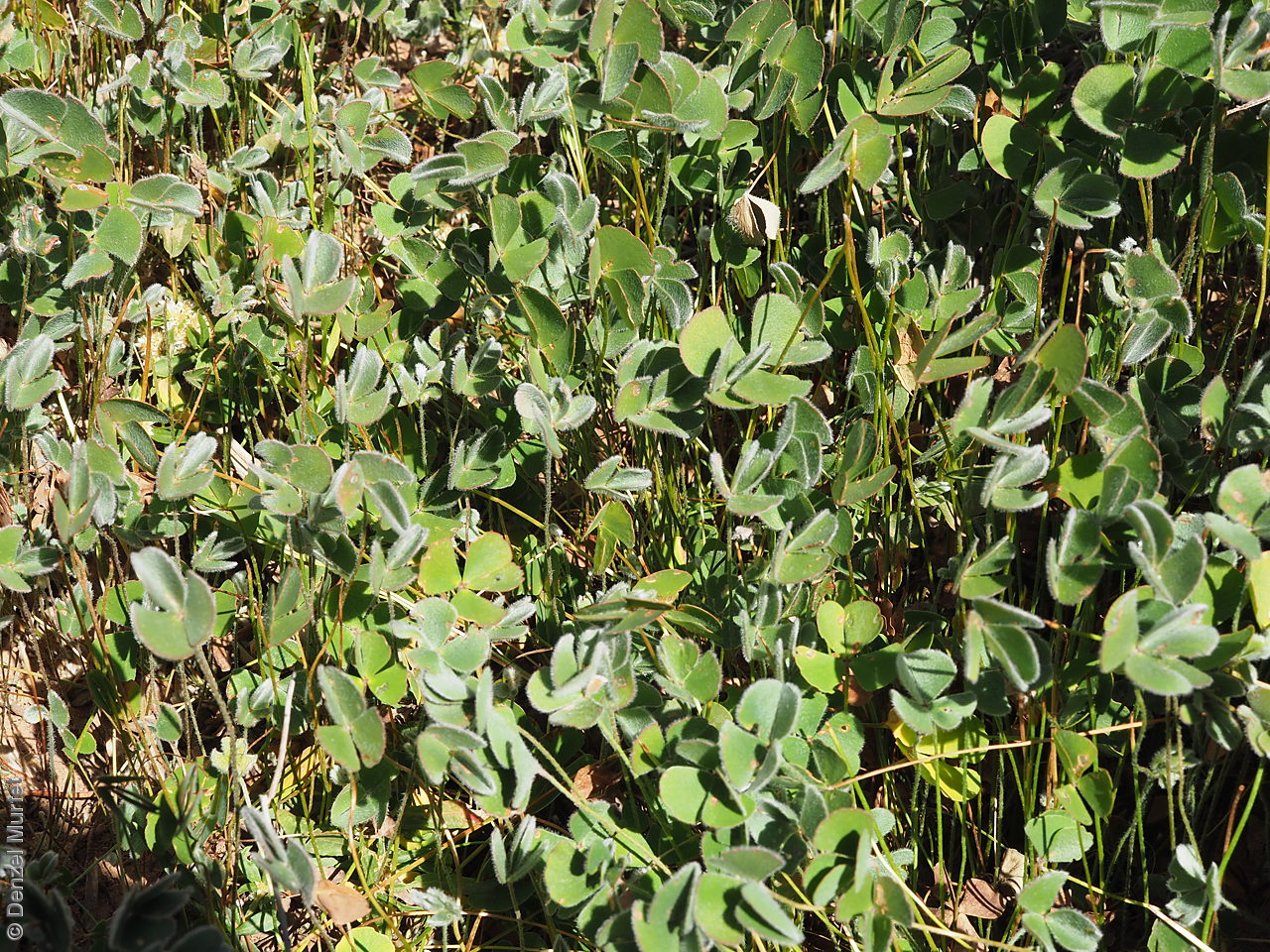
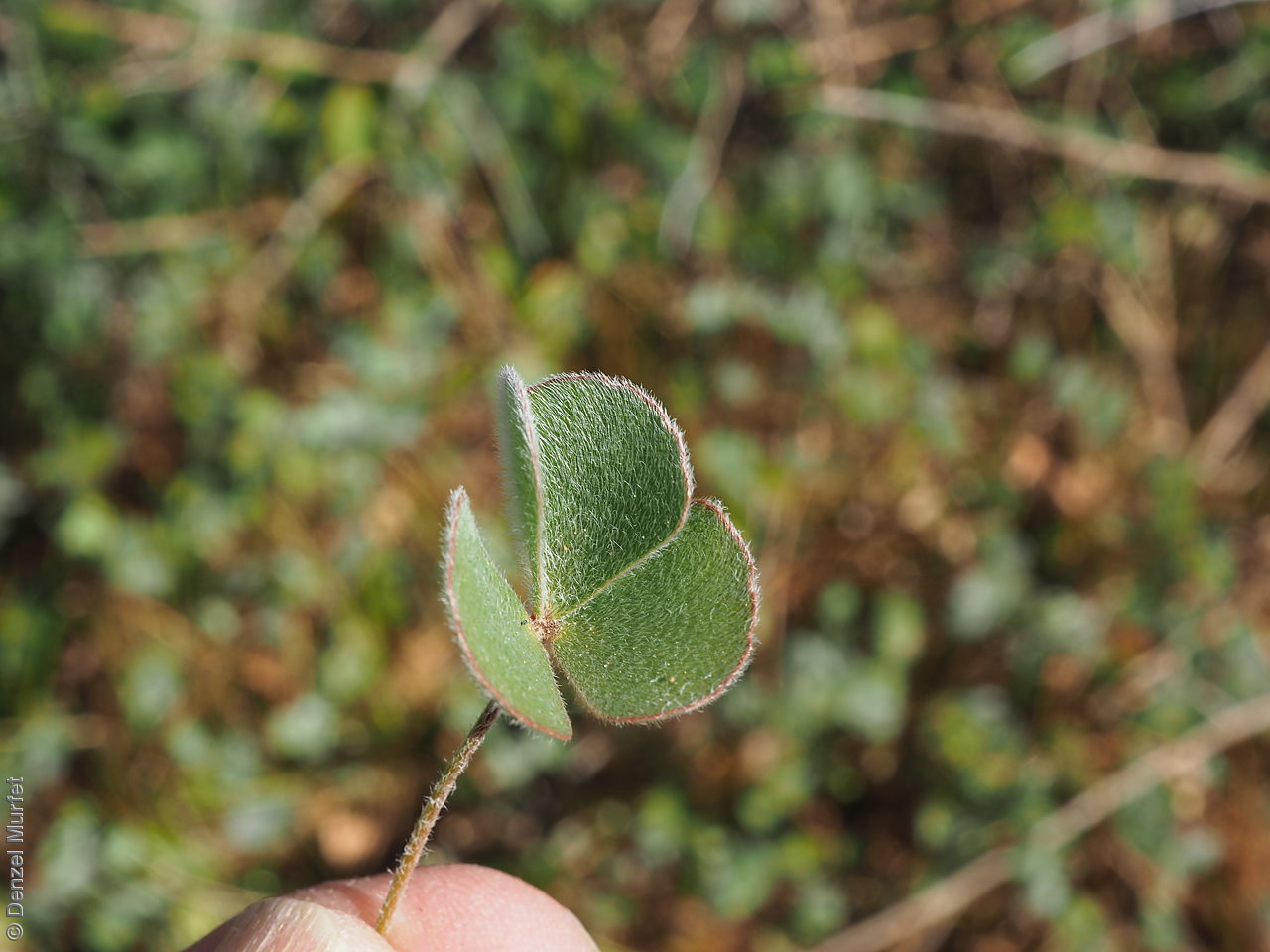
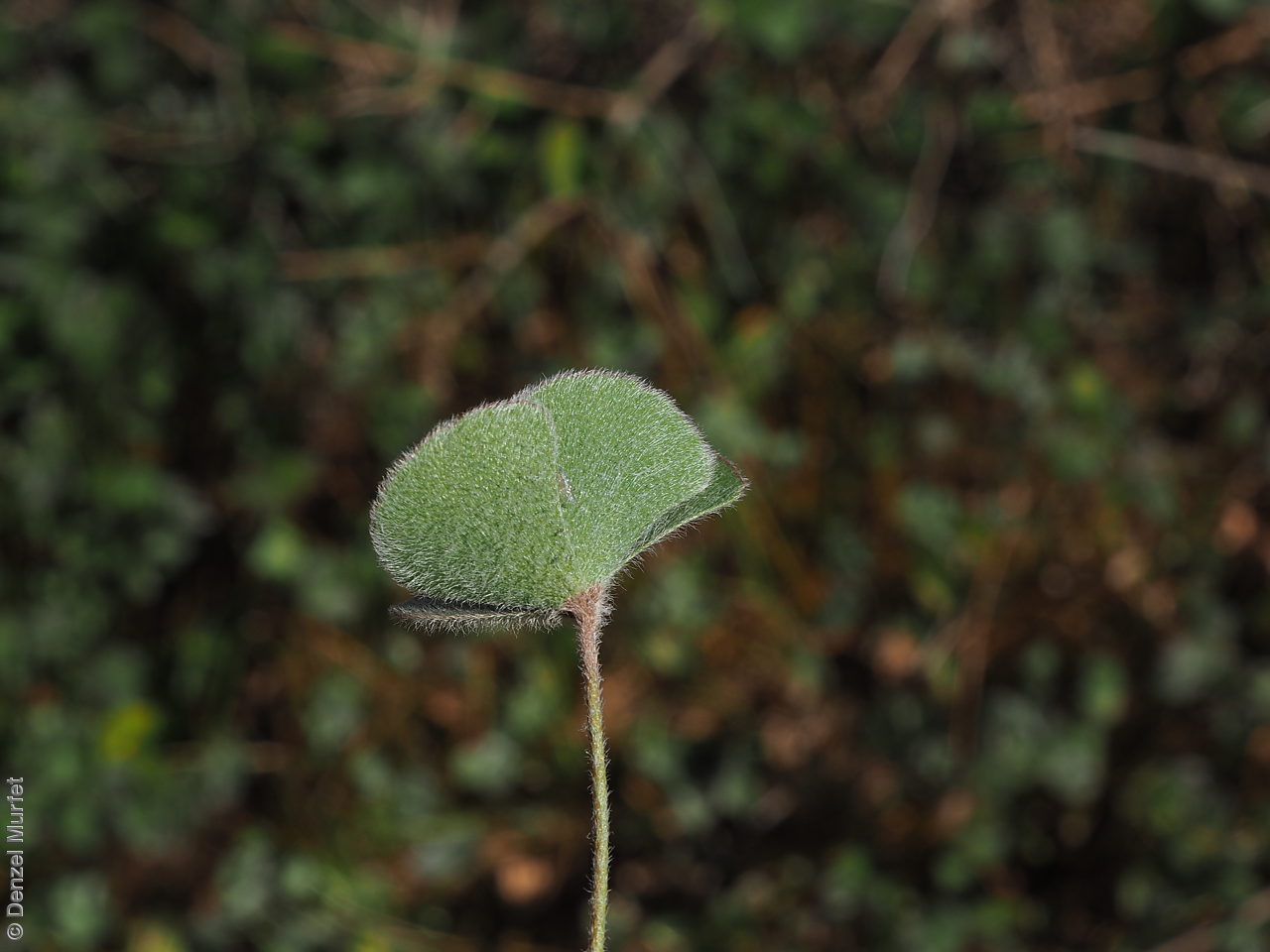
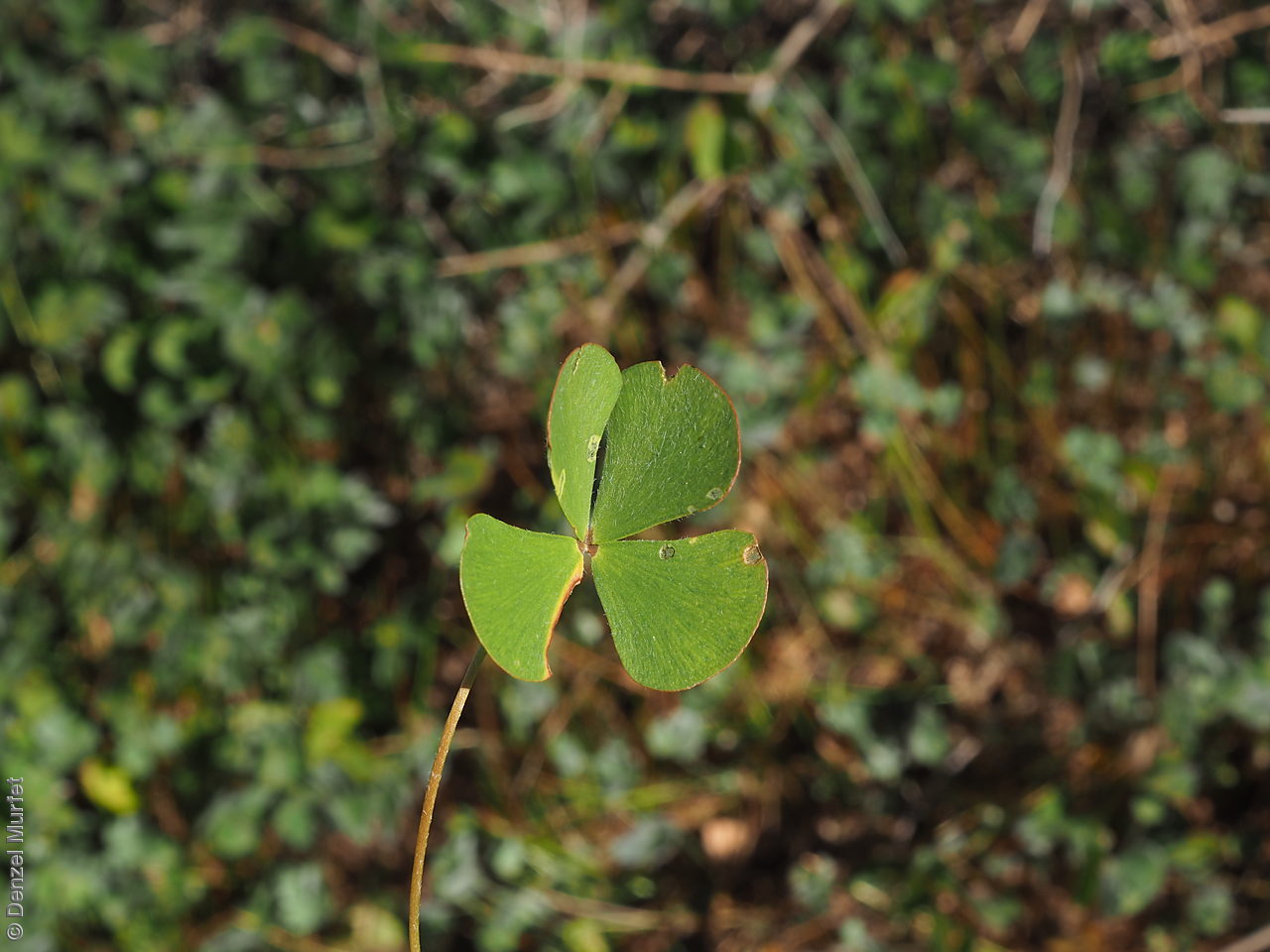
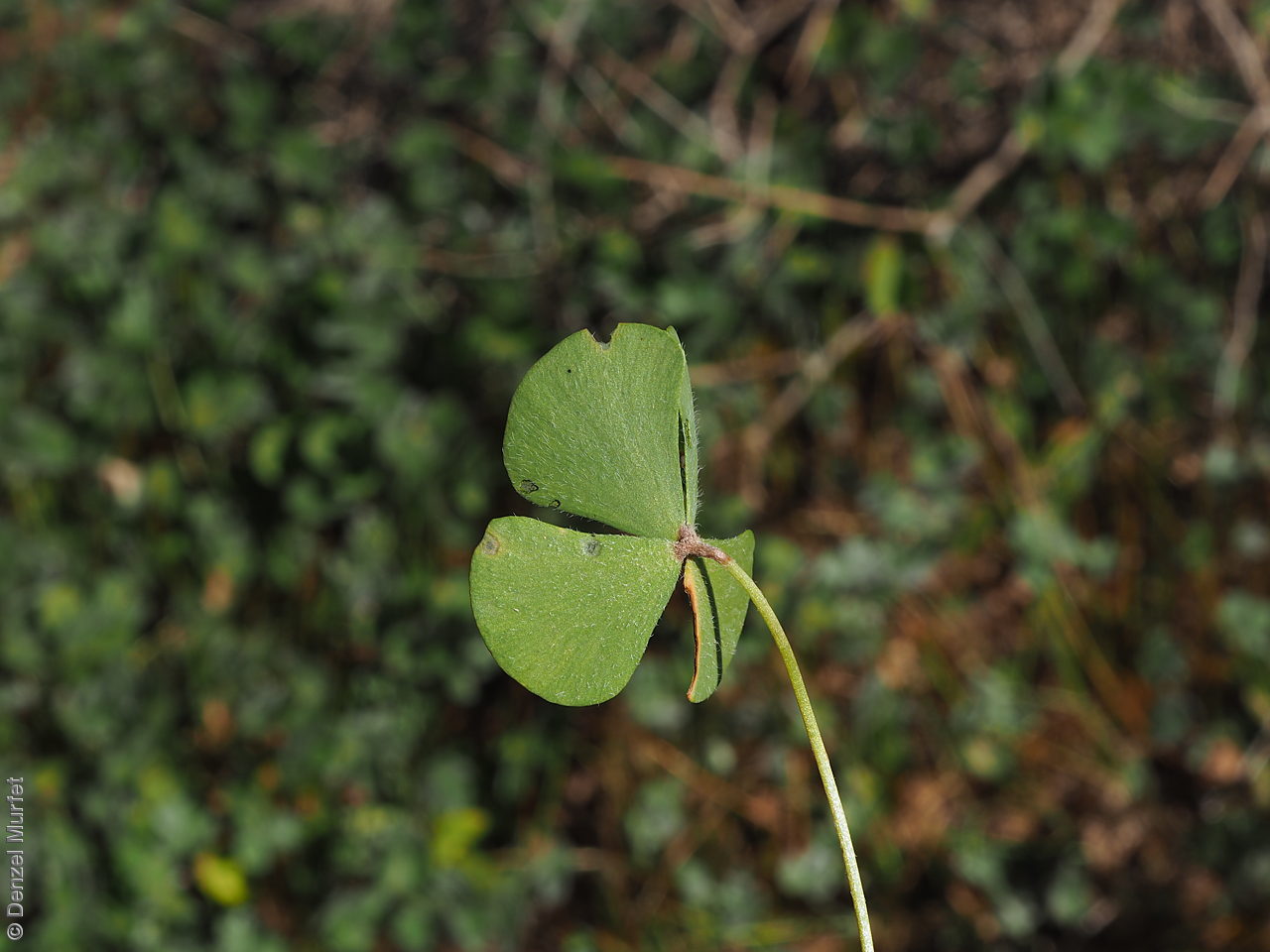
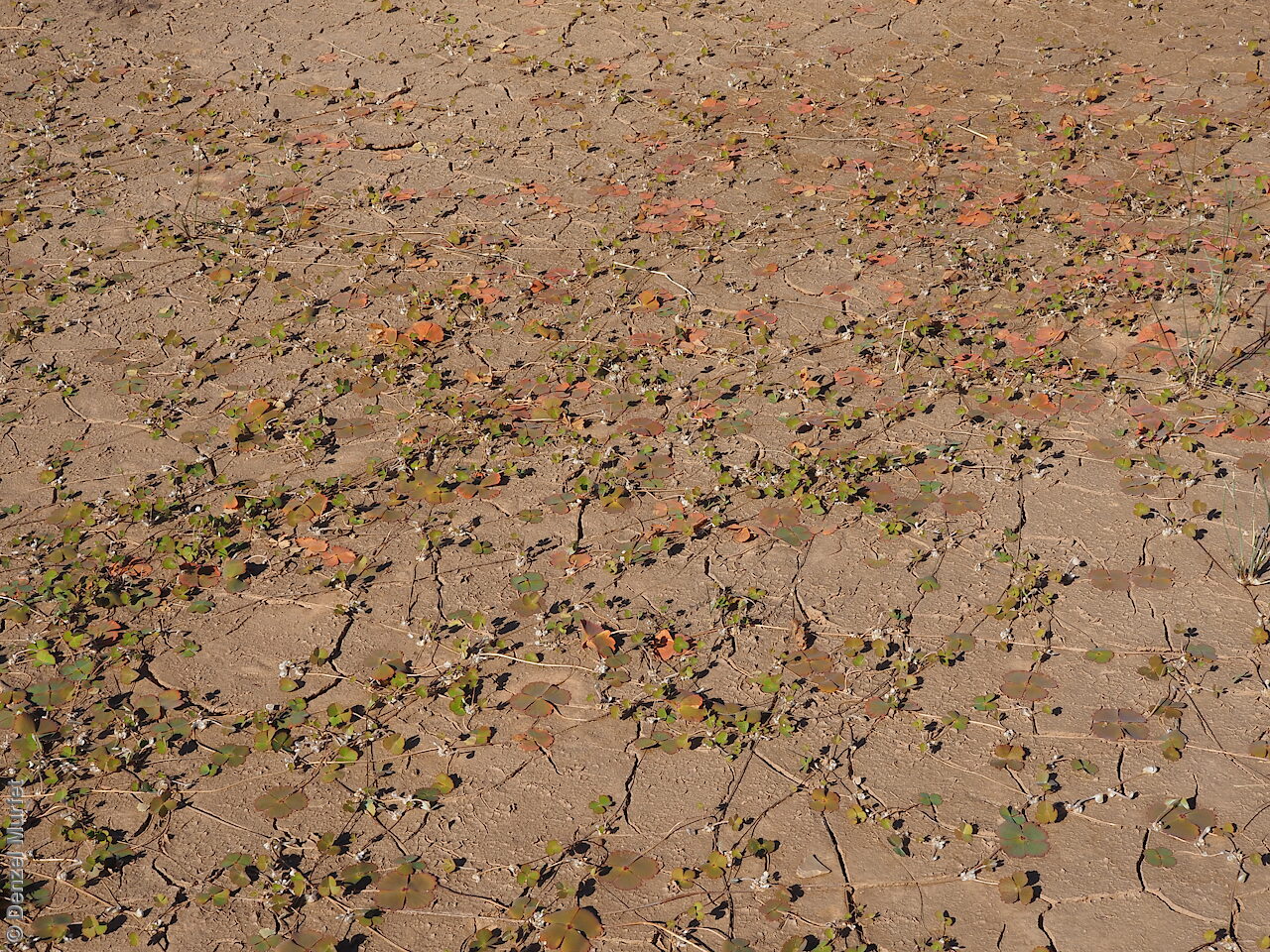
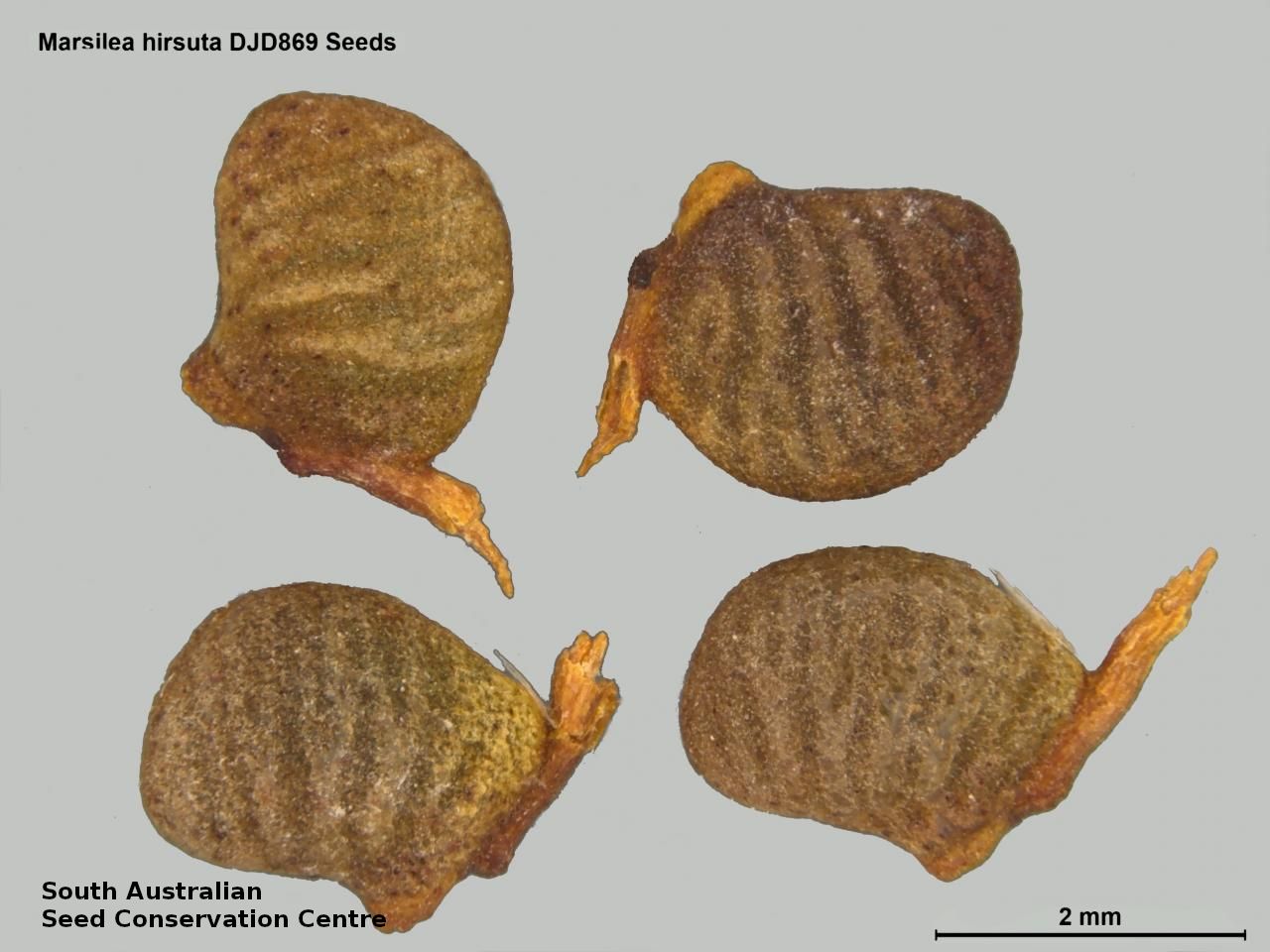
Regional Species Conservation Assessments per IBRA subregion.

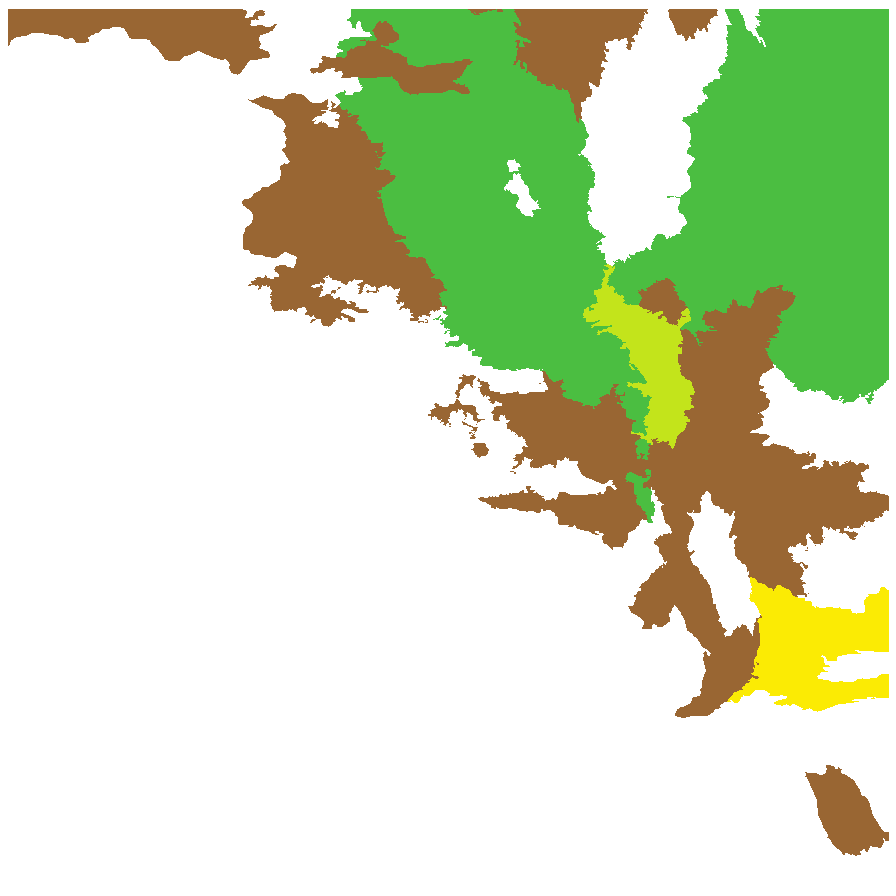
Least concern
Near threatened
Rare
Vulnerable
Endangered
Critically endangered
Extinct
Data deficient
Adelaide
Arkaroola
Ceduna
Coober Pedy
Hawker
Innamincka
Marla
Marree
Mount Gambier
Oodnadatta
Renmark
Wudinna
Keith
Yunta
Display IBRA region text
| Lucindale (NCP03) | Naracoorte Coastal Plain | Rare (IUCN: RA d(i,ii)) |
| Fleurieu (KAN02) | Kanmantoo | Rare (IUCN: RA d(i,ii)) [protected; difficult to ID; probably undercollected; coexists with M drummondii] |
| Mount Lofty Ranges (FLB01) | Flinders Lofty Block | Rare (IUCN: RA d(ii)) [difficult to ID; probably undercollected; coexists with M drummondii] |
| Olary Spur (FLB03) | | Rare (IUCN: RA d(i,ii)) |
| Southern Flinders (FLB04) | | Rare (IUCN: RA d(i,ii)) |
| Northern Flinders (FLB05) | | Rare (IUCN: RA d(i,ii)) |
| Central Flinders (FLB06) | | Rare (IUCN: RA d(i,ii)) |
| St Vincent (EYB02) | Eyre Yorke Block | Rare (IUCN: RA d(i,ii)) [edge of range. ] |
| Murray Mallee (MDD02) | Murray Darling Depression | Vulnerable (IUCN: VU B2ab(i,ii,iii)) (Probable Decline) [no recent collections] |
| Braemer (MDD07) | | Rare (IUCN: RA d(i,ii)) |
| Murray Scroll Belt (RIV06) | Riverina | Vulnerable (IUCN: VU B2ab(i,ii,iii)) (Probable Decline) [often confused with M drummondii] |
| Myall Plains (GAW01) | Gawler | Rare (IUCN: RA d(ii)) |
| Gawler Lakes (GAW03) | | Rare (IUCN: RA d(ii)) |
| Arcoona Plateau (GAW04) | | Least Concern |
| Torrens (GAW06) | | Near Threatened |
| Roxby (GAW07) | | Least Concern |
| Commonwealth Hill (GAW08) | | Rare (IUCN: RA d(i,ii)) [edge of range; limited habitat] |
| Tallaringa (GVD05) | Great Victoria Desert | Rare (IUCN: RA d(ii)) [edge of range] |
| Simpson Desert (SSD02) | Simpson Strzelecki Dunefields | Rare (IUCN: RA d(i,ii)) |
| Warriner (SSD04) | | Least Concern |
| Strzelecki Desert (SSD05) | | Least Concern |
| Breakaways (STP01) | Stony Plains | Least Concern |
| Oodnadatta (STP02) | | Least Concern |
| Murnpeowie (STP03) | | Least Concern |
| Macumba (STP05) | | Least Concern |
| Witjira (STP06) | | Least Concern |
| Baltana (STP07) | | Least Concern |
| Sturt Stony Desert (CHC02) | Channel Country | Least Concern |
| Diamantina-Eyre (CHC04) | | Least Concern |
| Coongie (CHC06) | | Least Concern |
| Lake Pure (CHC07) | | Least Concern |
| Mann-Musgrave Block (CER01) | Central Ranges | Rare (IUCN: RA d(i,ii)) [edge of range] |
| Pedirka (FIN04) | Finke | Rare (IUCN: RA d(i,ii)) [edge of range] |
| Lucindale (NCP03) | Naracoorte Coastal Plain | Rare (IUCN: RA d(i,ii)) |
| Fleurieu (KAN02) | Kanmantoo | Rare (IUCN: RA d(i,ii)) [protected; difficult to ID; probably undercollected; coexists with M drummondii] |
| 5 of 6 subregions | Flinders Lofty Block | Rare |
| St Vincent (EYB02) | Eyre Yorke Block | Rare (IUCN: RA d(i,ii)) [edge of range. ] |
| 2 of 6 subregions | Murray Darling Depression | Rare , Vulnerable |
| Murray Scroll Belt (RIV06) | Riverina | Vulnerable (IUCN: VU B2ab(i,ii,iii)) (Probable Decline) [often confused with M drummondii] |
| 6 of 8 subregions | Gawler | Least Concern , Near Threatened , Rare |
| Tallaringa (GVD05) | Great Victoria Desert | Rare (IUCN: RA d(ii)) [edge of range] |
| 3 of 4 subregions | Simpson Strzelecki Dunefields | Least Concern , Rare |
| 6 of 7 subregions | Stony Plains | Least Concern |
| 4 of 4 subregions | Channel Country | Least Concern |
| Mann-Musgrave Block (CER01) | Central Ranges | Rare (IUCN: RA d(i,ii)) [edge of range] |
| Pedirka (FIN04) | Finke | Rare (IUCN: RA d(i,ii)) [edge of range] |
Botanical art
Kath Alcock paintings: 10
Etymology
Marsila named after Count Luigi Ferdiando Masili (1658-1730), an Italian scholar and eminent natural scientist, whose name was Latinised as Marsilius. Hirsuta from the Latin 'hirsutus' meaning hairy; referring to the species being covered in hairs.
Distribution and status
Found across South Australia except in the Nullarbor and Kangaroo Island, growing on drying mud in swamps, waterholes, shallow depressions and ephemeral streams. Also found in all mainland state Native. Common in South Australia. Common in other states.
Herbarium regions: Lake Eyre, Gairdner-Torrens, Flinders Ranges, Eastern, Eyre Peninsula, Northern Lofty, Murray, Southern Lofty, Kangaroo Island, Green Adelaide
NRM regions: Adelaide and Mount Lofty Ranges, Eyre Peninsula, Kangaroo Island, South Australian Arid Lands, South Australian Murray-Darling Basin
AVH map: SA distribution map (external link)
Plant description
Rhizome herb, hairy when young but beming glabrous. Fronds solitary or in clusters at nodes on a long stalk to 18 cm with four equally arranged leaflets, narrowly to broadly obovate, to 20 mm long, moderately hairy to almost glabrous when fully aquatic, outer margin rounded, entire or slightly crenate. This species is very similar to Marsilea drummond, which differ by having smaller sporocarps on very short stalks and usually less hairy leaves. Fruits are brown bean-shaped pod (sporocarp) to 3mm long and 2 mm wide, slightly ribbed, densely hairy, on stalk shorter than the pod. Seeds are fine spores.
Seed collection and propagation
Collect seeds between January and December.
| Location | No. of seeds
(weight grams) | Number
of plants | Date
collected | Collection number
Collection location | Date
stored | % Viability | Storage
temperature | | BGA | 1,000 (2.85 g) | 50+ | 26-Sep-2008 | DJD869
Lake Eyre | 1-Nov-2016 | 100% | -18°C, -80°C |
Location: BGA — the seeds are stored at the Adelaide Botanic Gardens, MSB — the seeds are stored at the Millennium Seed Bank, Kew, England.
Number of plants: This is the number of plants from which the seeds were collected.
Collection location: The Herbarium of South Australia's region name.
% Viability: Percentage of filled healthy seeds determined by a cut test or x-ray.








